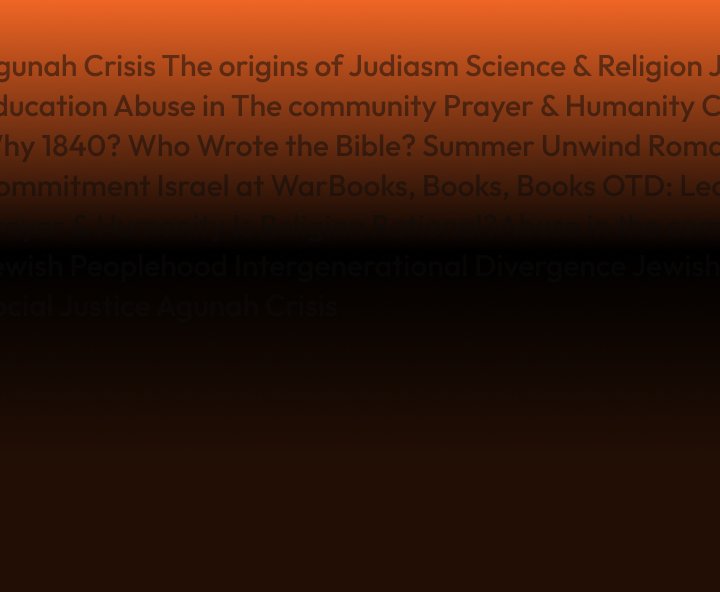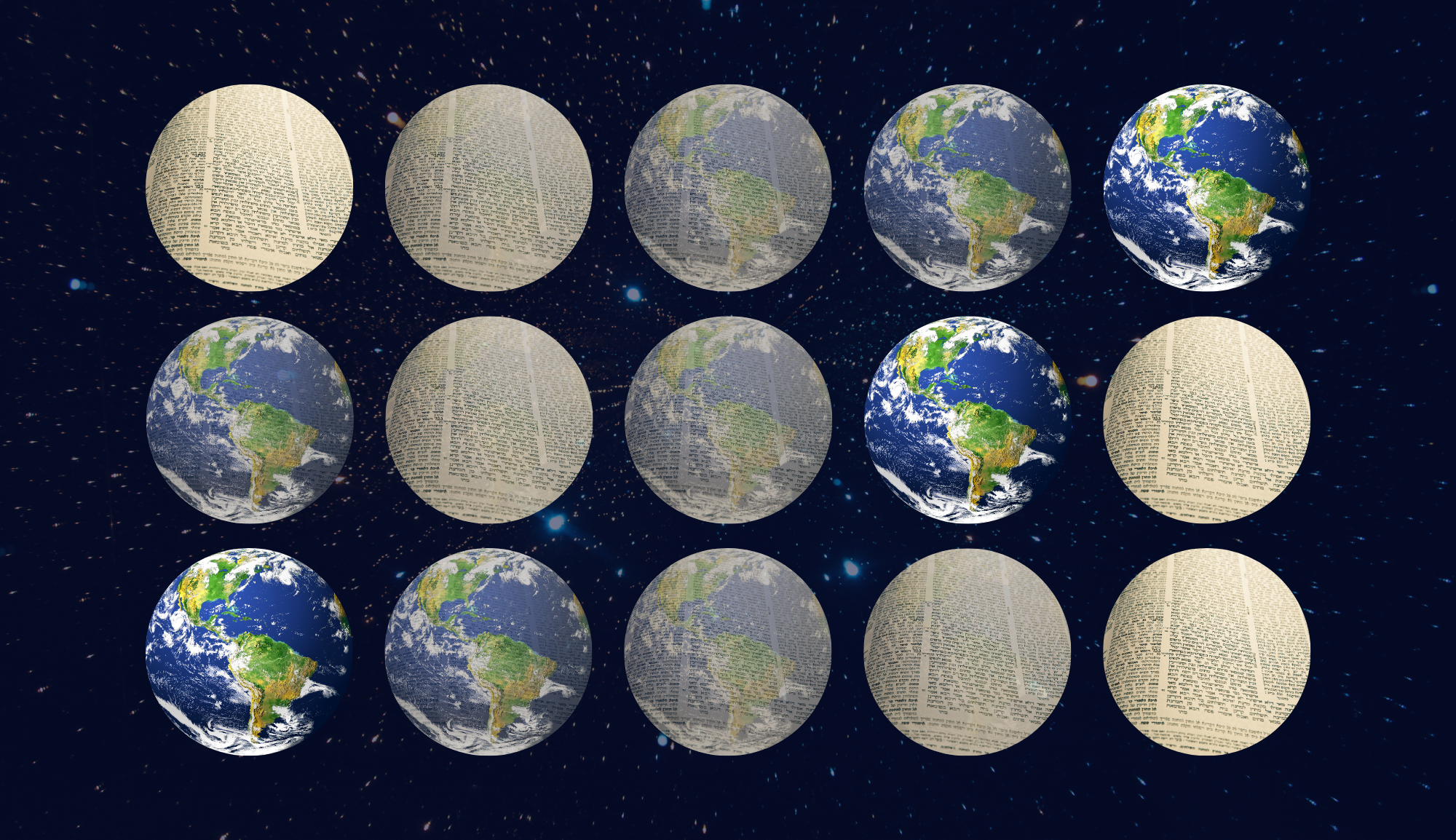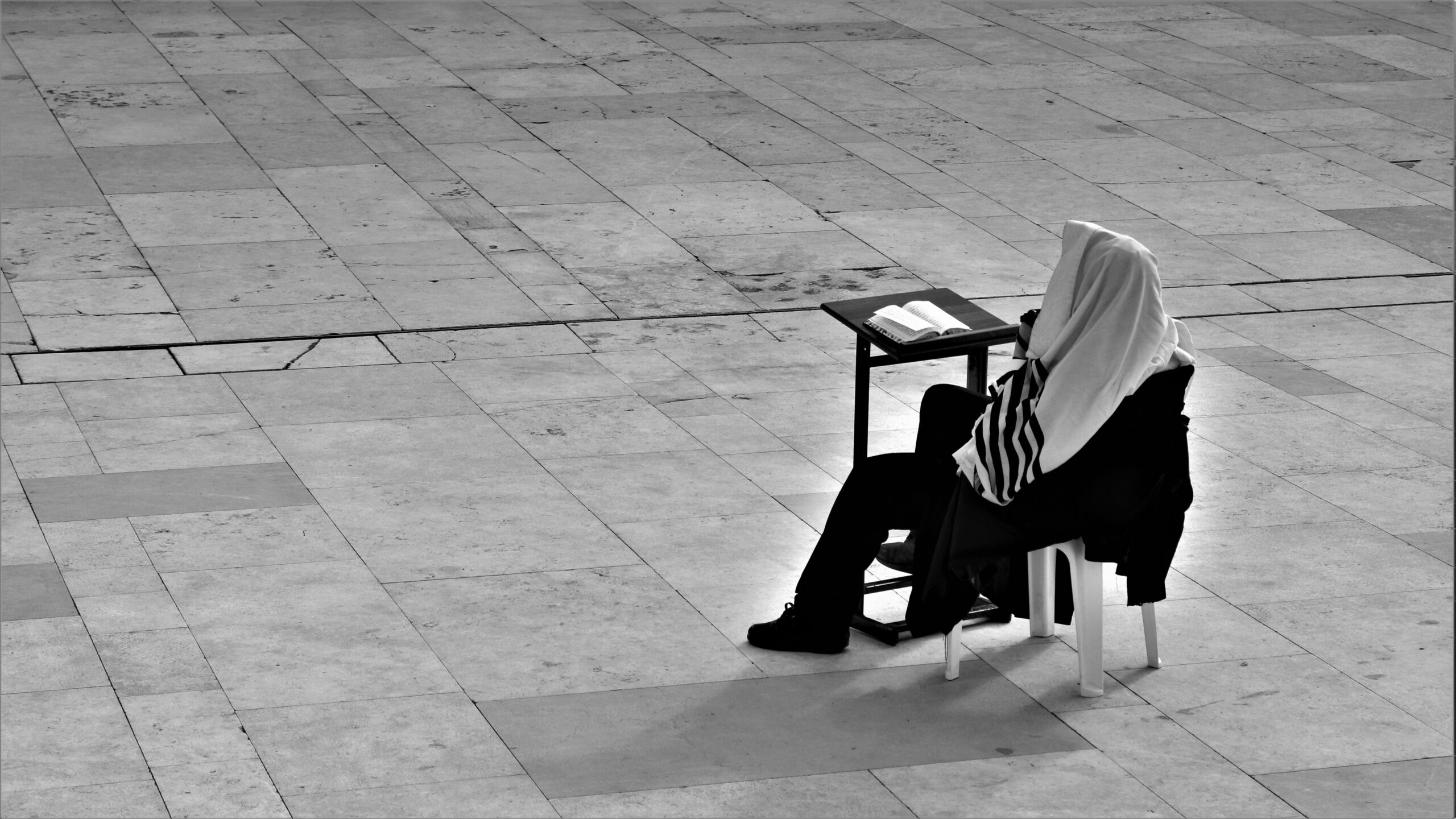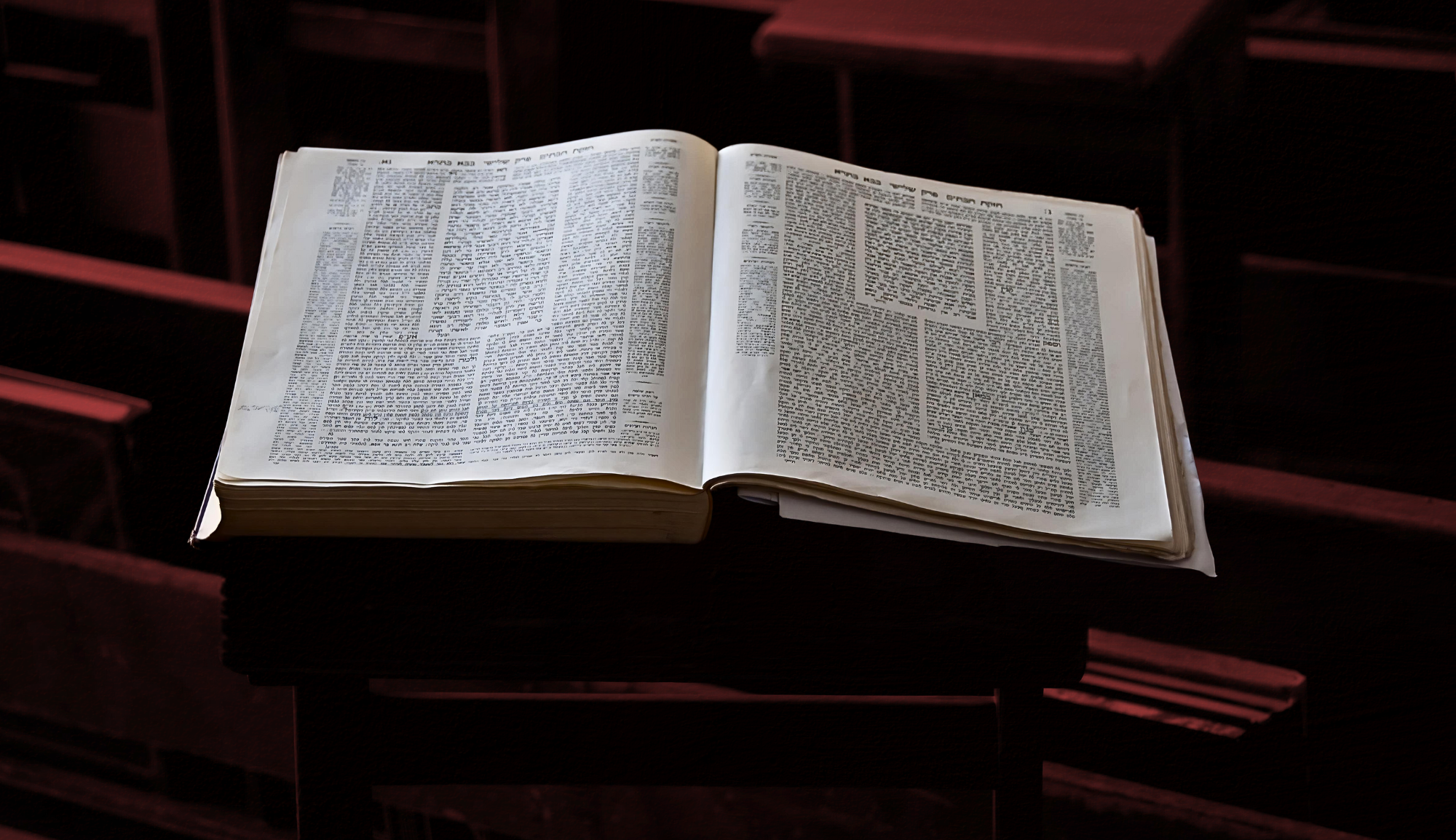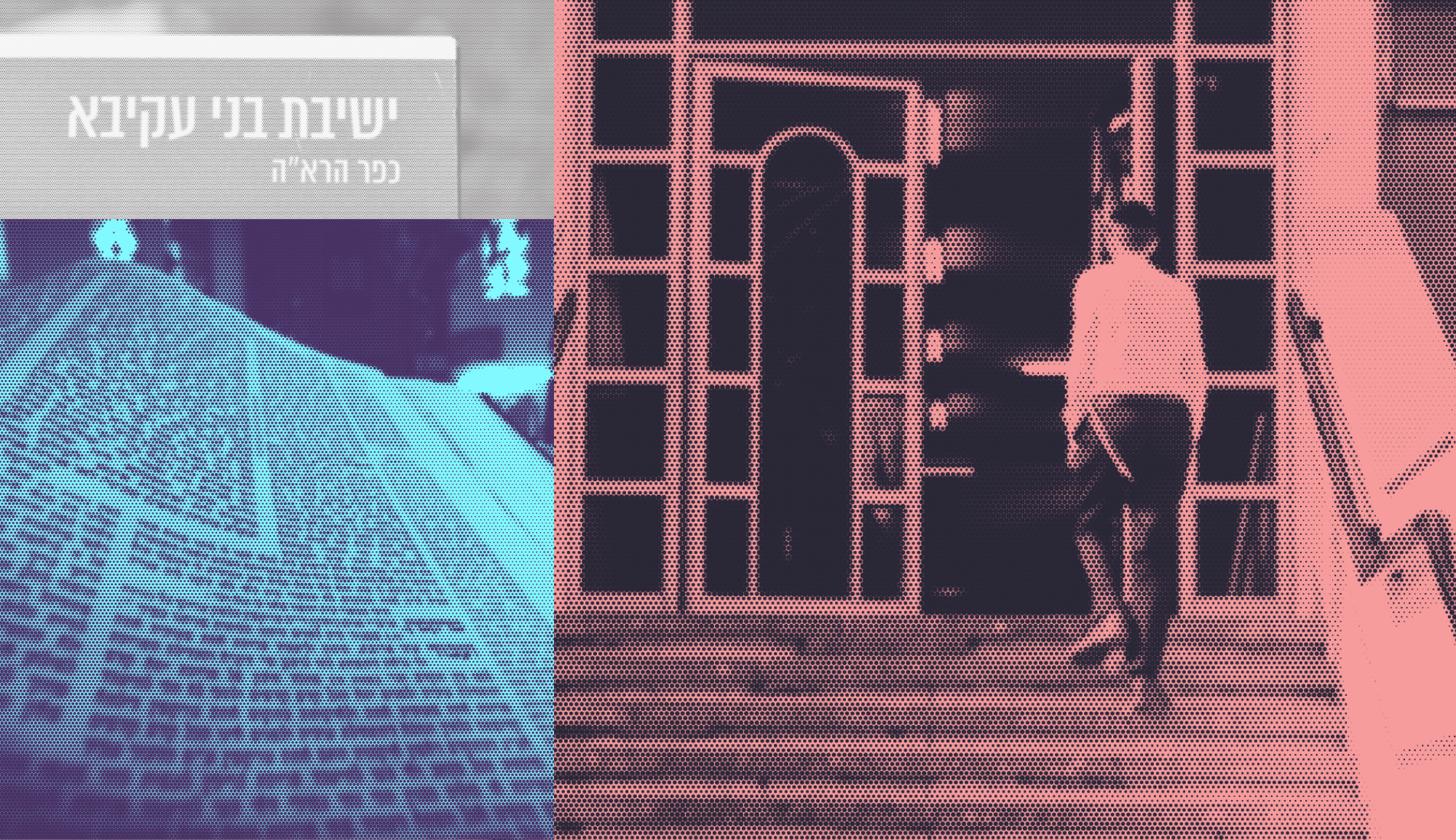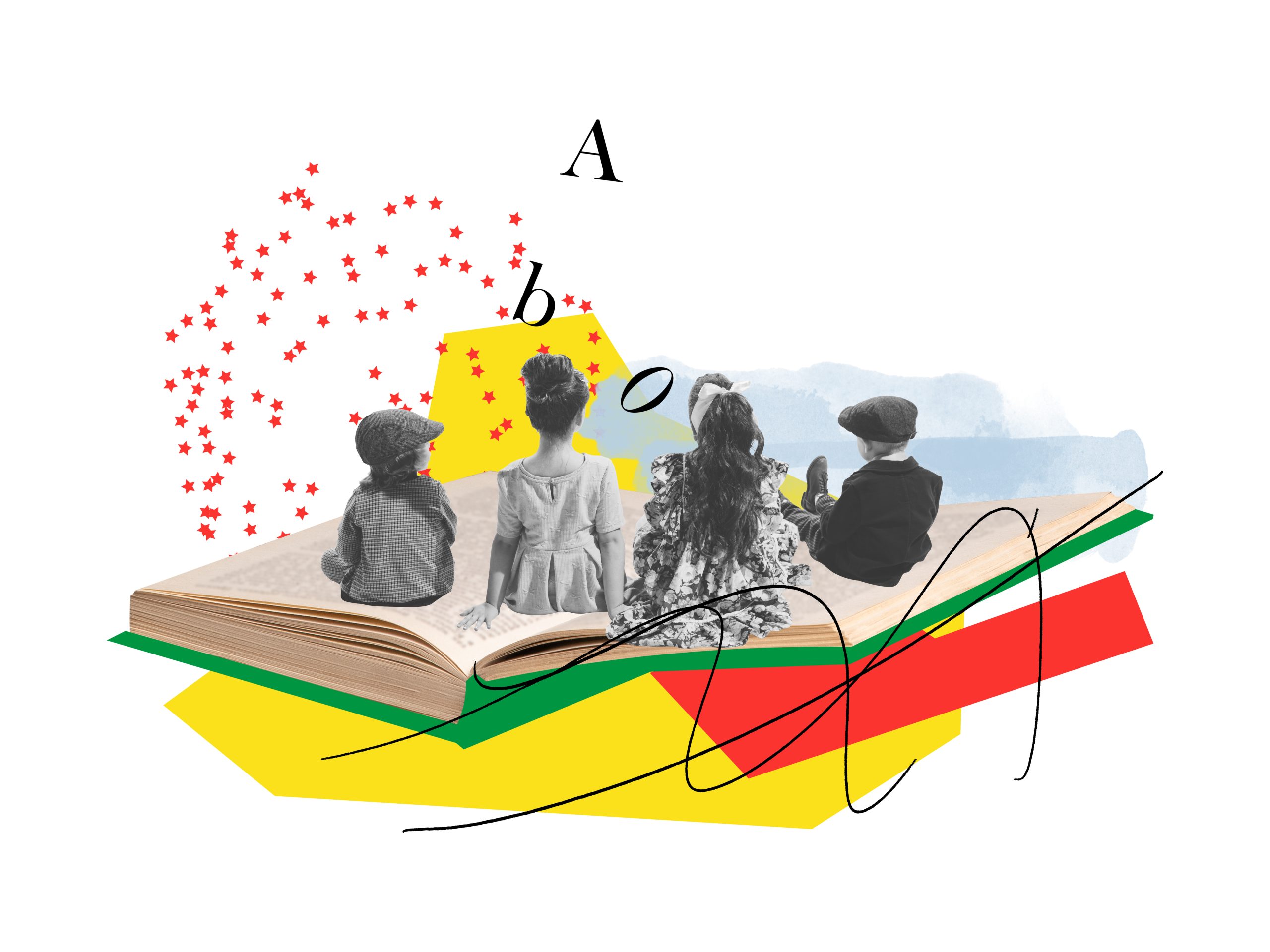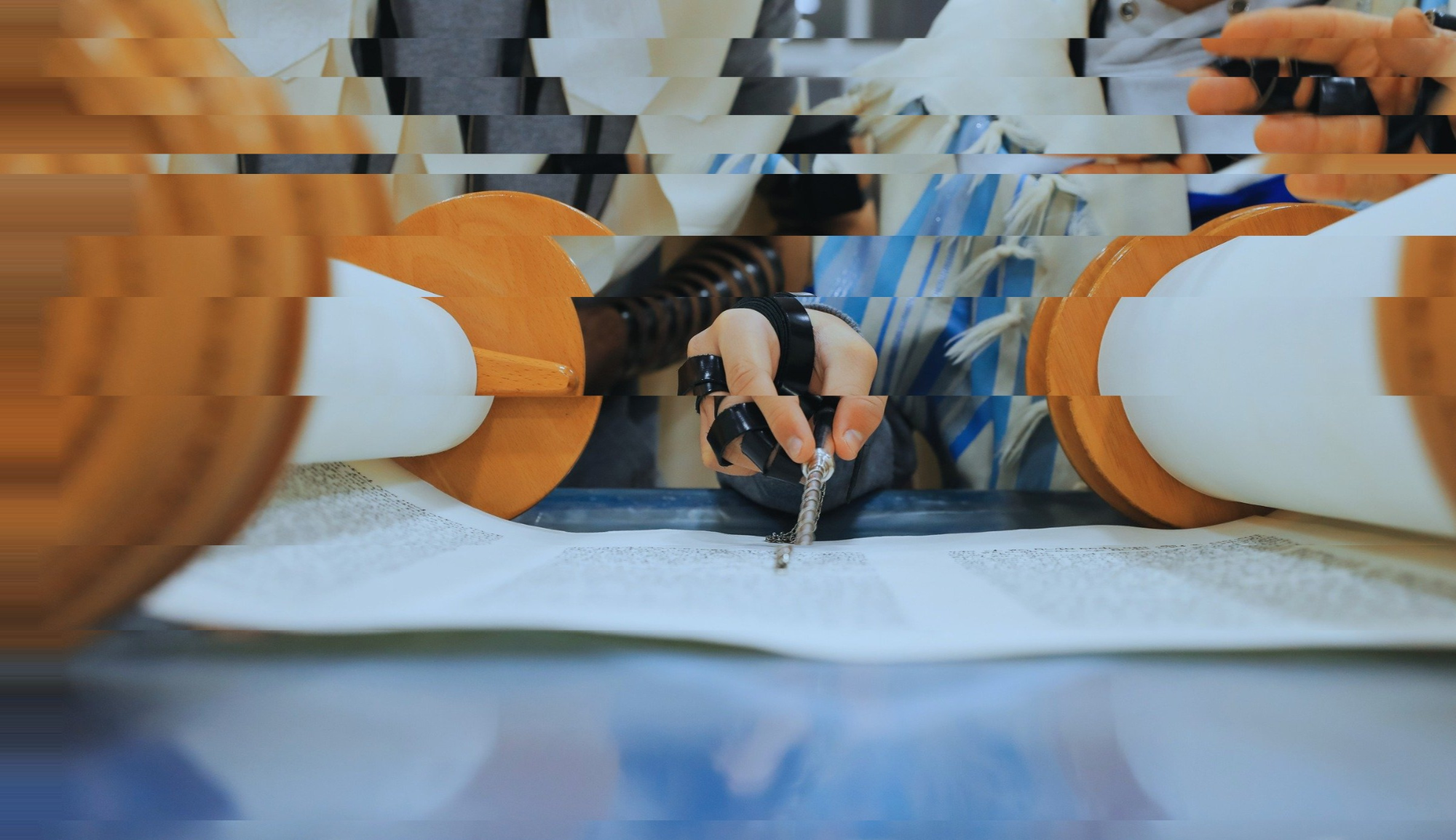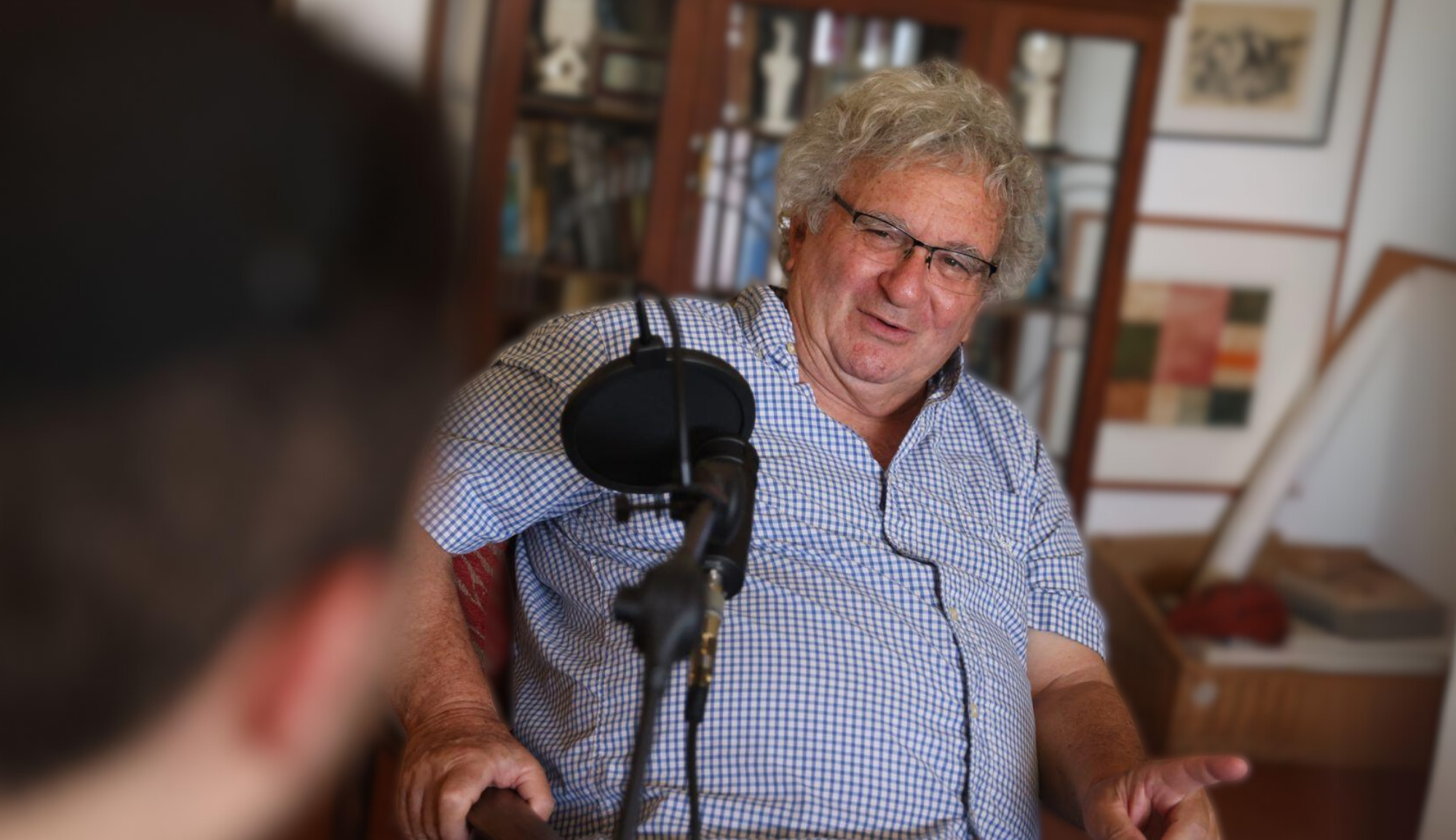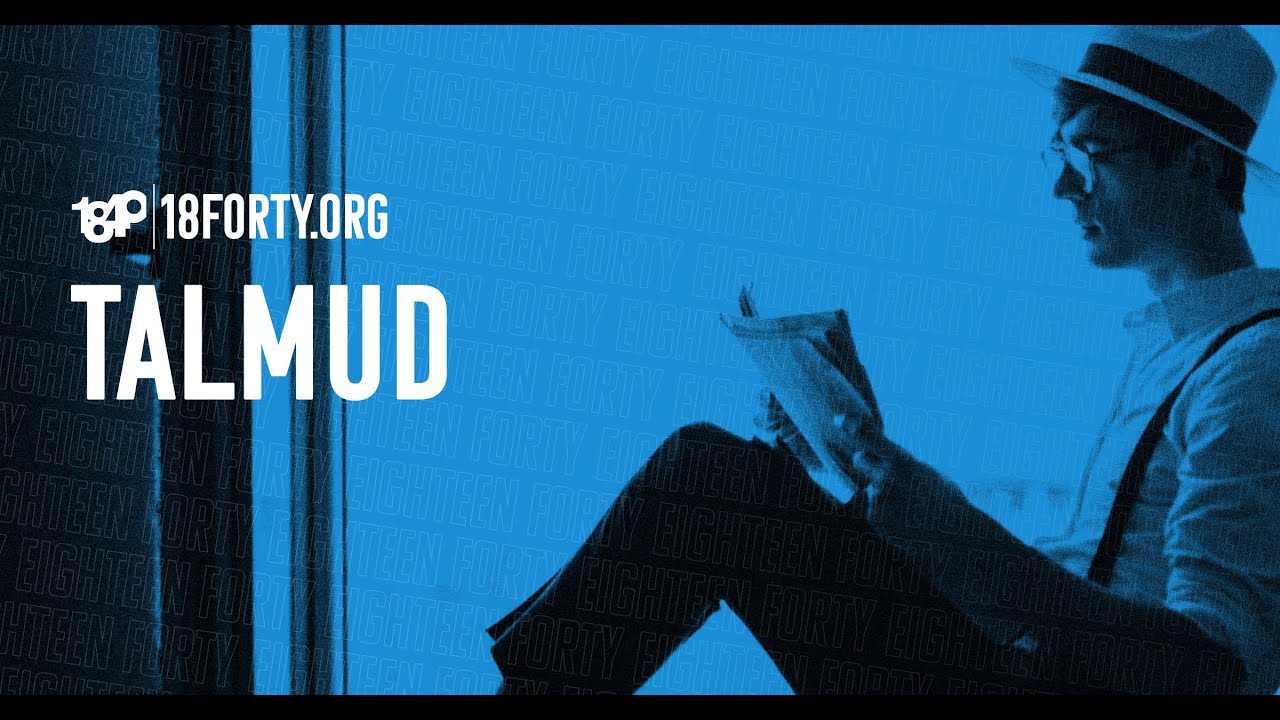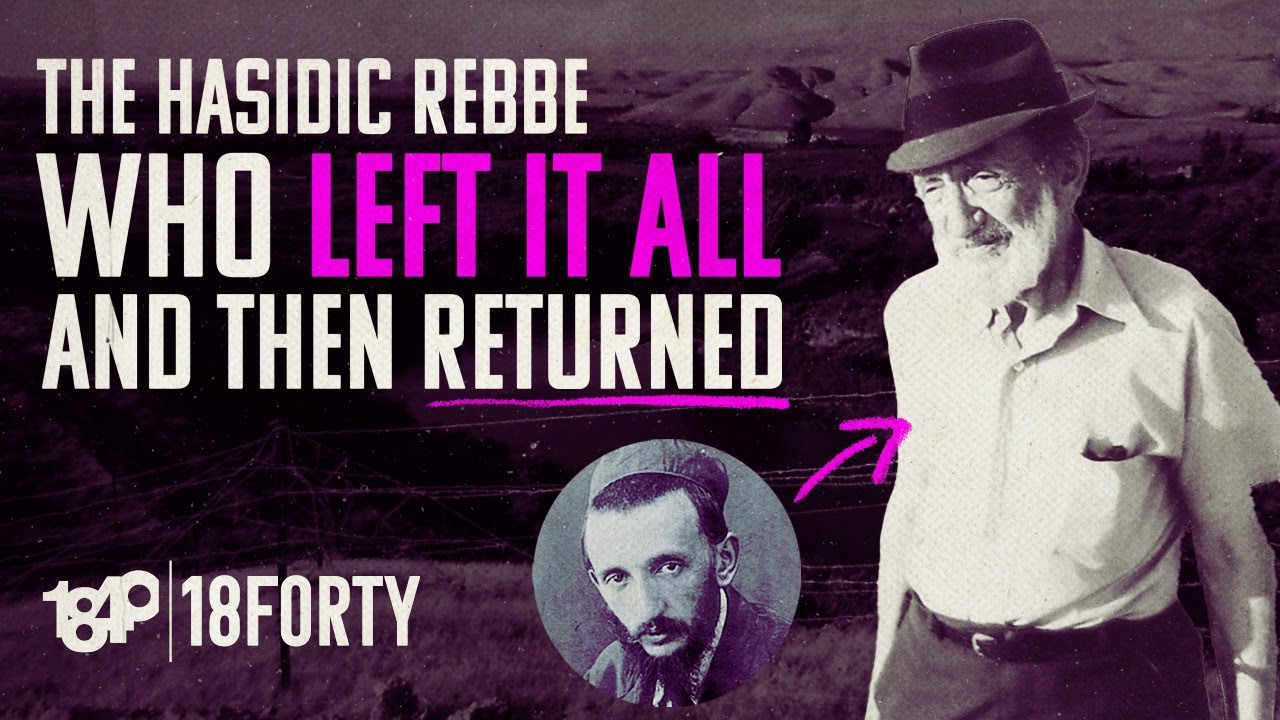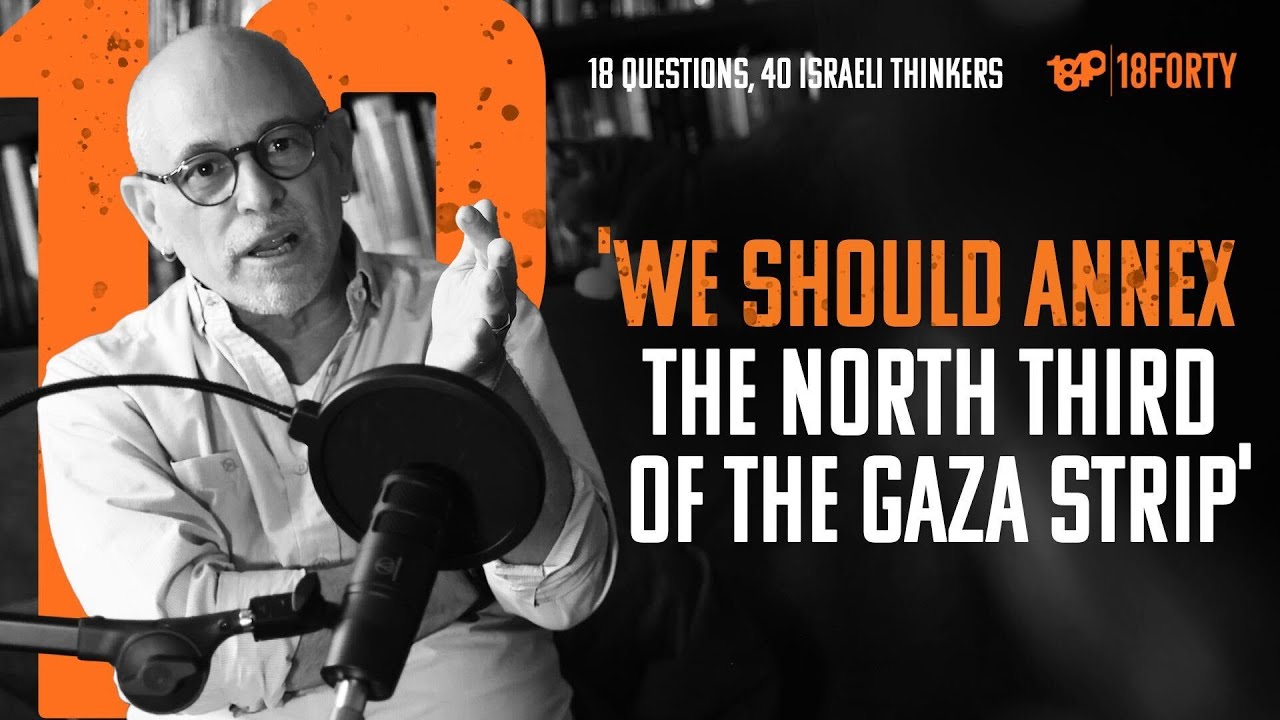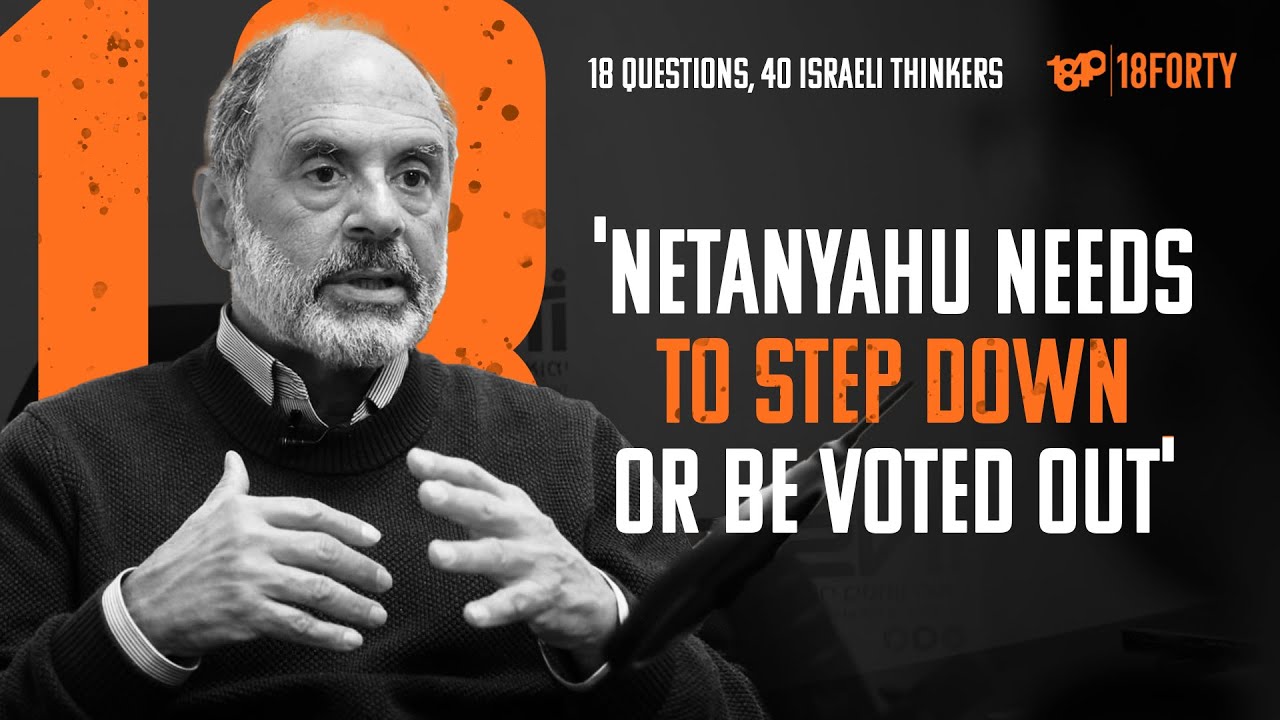Perhaps more than a collection of laws, each Talmud page is a gathering of Jewish history. On any given page of Talmud, there are personalities from different centuries and vastly different geographies all speaking with one another. The Rabbis of the Mishnah, most of whom resided in Israel, lived before the turn of the millennium. The Talmud was compiled several centuries later—many of the rabbis lived in modern-day Iraq. To the left on the standard Talmud page lived Rashi, an eleventh-century rabbi who lived in France. To the right are the Tosafists, a collection of rabbinic commentaries composed by rabbis throughout much of Europe. Transcending time and geography is an essential part of the Talmudic experience. Maybe it is that sort of transcendence that both highlights and helps transcend the exilic experience that the Talmud embodies.
Rabbi Joseph Dov Soloveitchik, famed Talmudist at Yeshiva University, famously described his experience teaching Talmud:
I start the shiur, I don’t know what the conclusion will be. Whenever I start the shiur, the door opens, another old man walks in and sits down. He is older than I am. All the talmidim call me the Rav, he is older than the Rav. He is the grandfather of the Rav; his name is Reb Chaim Brisker. And without whom no shiur can be delivered nowadays. Then, the door opens quietly again and another old man comes in, he is older than Reb Chaim, he lived in the 17th century. What’s his name? Shabsai Kohen—the famous Shach—who must be present when dinei mamonos (i.e. civil law) are being discussed … And then, more visitors show up. Some lived, some of the visitors lived in the 11th century, some in the 12th century, some in the 13th century, some lived in antiquity—Rebbe Akiva, Rashi, Rabbeinu Tam, the Ra’avad, the Rashba, more and more come in, come in, come in. Of course, what do I do? I introduce them to my pupils and the dialogue commences. The Rambam says something, the Ra’avad disagrees; and sometimes he’s very nasty … A boy jumps up to defend the Rambam against the Ra’avad, and the boy is fresh. You know how young boys are … He uses improper language, so I correct him. And another jumps up with a new idea; the Rashba smiles gently. I try to analyze what the young boy meant, another boy intervenes, we call upon the Rabbeinu Tam to express his opinion, and suddenly a symposium of generations comes into existence.
The presentation is rooted in Rabbi Soloveitchik’s ubiquitous message that Jewish time-consciousness conflates past, present and future. It underlies, for example, his discussions of Pesach, Hanukkah, Purim, and Tisha B’Av. (See J. Soloveitchik, Out of the Whirlwind: Essays on Mourning, Suffering and the Human Condition, ed. D. Shatz et al., New Jersey 2003; idem, Festival of Freedom: Essays on Pesah and the Haggadah, ed. J. Wolowelsky and R. Ziegler, New Jersey 2006; and idem, Days of Deliverance: Essays on Purim and Hanukkah, ed. E. Clark et al., New Jersey 2007. I discuss this, in extensor (with references) in J. Woolf, ‘Time Awareness as a Source of Spirituality in the Thought of Rabbi Joseph B. Soloveitchik,’ Modern Judaism, 32(2012), 54-75)
Talmud as a symposium of generations is not just evident from its study—it is apparent on the page itself. I have always been fascinated by the genesis of the Talmud page. All sorts of stories seem to fester beneath the print. A brilliant volume, Printing the Talmud: From Bomberg to Schottenstein gives a detailed story of the Talmud page with gorgeous pictures. (It also costs a small fortune.) Whether it is the story of the innovation of the printing press, Jewish-Christian polemics, censorship, copyright violation, or anti-Hasidic polemic, many wars have been fought over the page itself. Many men and, perhaps more notably, women, have ensured that the page of Talmud has remained in print for the past five hundred years.
Michelle Chesner has dedicated her life to the stories of the page. Michelle is the Norman E. Alexander Librarian for Jewish Studies at Columbia University. I haven’t known her for long, but we developed a friendship of sorts—initially through Twitter. She lives in multiple worlds. While she was raised and lives in the traditional Yeshiva world, she is now a major contributor in the highest echelons of academic scholarship. She is involved in the Footprints project that traces the ownership history of books and has written about the history of the Talmud page.
Speaking with Michelle was as joyous and multifaceted as the page of Talmud.
Tune in to our episode with Michelle Chesner.
